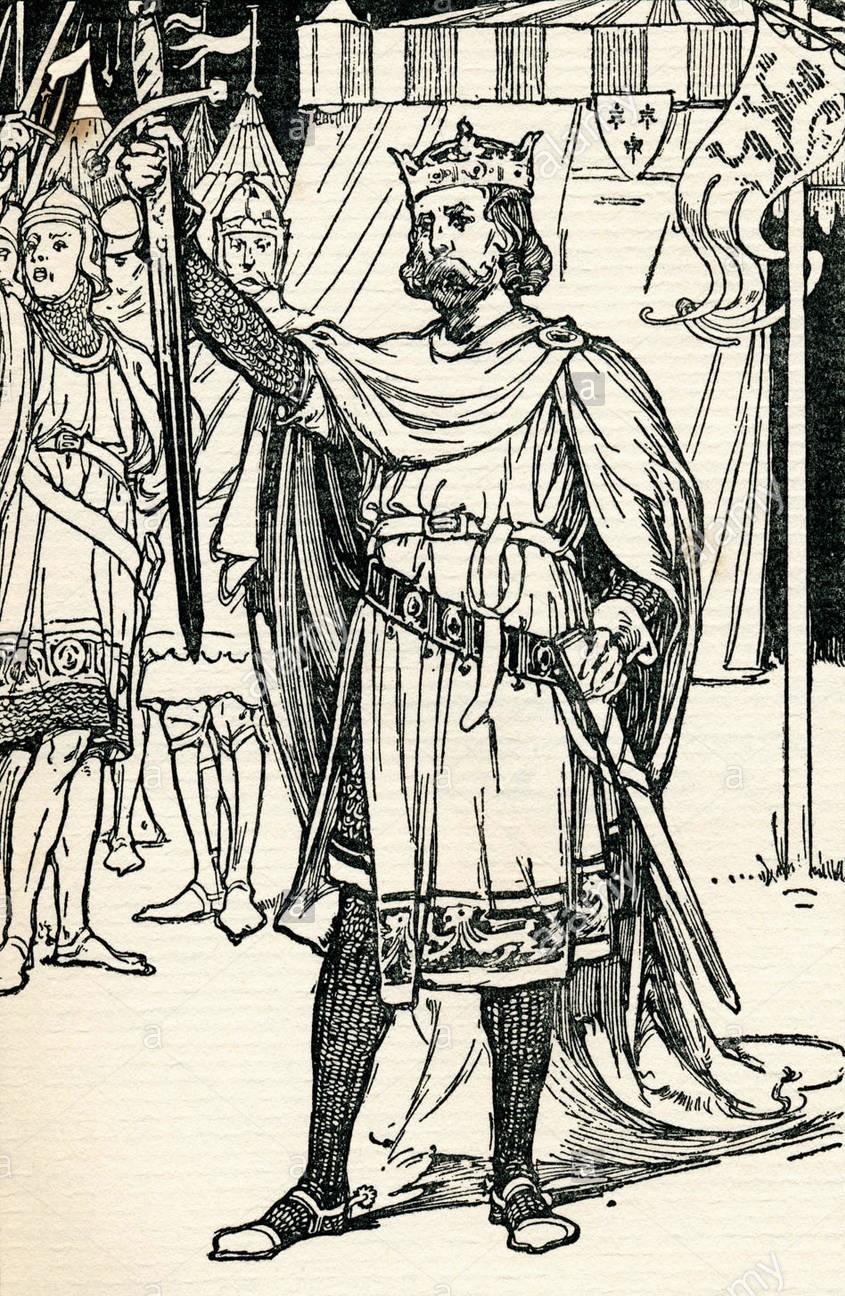When I was gathering school supplies in my classroom as a first-year teacher, I had no idea how important the humble ruler would be. Of course it would be used when we learned about inches and centimeters, or even serve as a ramp when we studied motion and force in science. But I didn’t think we’d need it in literature or history class. How wrong I was!

This year that humble ruler made its debut in our lessons on the Medieval tales of King Arthur. The ruler has taken on a new name in my classroom: “The Ruler Sword.”
At the beginning of the year, my students are never sure what to make of King Arthur. They notice that it’s called a romance in the introduction, and so before they begin reading they expect a mushy love story. There’s a little romance, to be sure, but the stories are really about the Knights of the Round Table, sworn to live at their best in all circumstances, protecting the weak and defending truth. With all the passion they can muster, King Arthur’s knights fight barbarians, traitors, and wizards, and their drive for justice creates a rare peace for a kingdom that was previously in disarray and moral chaos. These knights restore order in England. Each chapter tells a story about either the restoration or destruction of justice in the kingdom. As my fourth graders read through it, their emotions rise and fall with the wins and losses of the knights, drawing their ruler swords in celebration when a knight is victorious over evil.
Fourth grade students already have an acute sense of justice, so seeing their ideas of fairness embodied in these lifelike knights who fight in the defense of truth and virtue is uniquely meaningful to them. In the coming weeks, we will finish the novel with a greater sense of justice and the cost of peace paid by the heroic Knights of King Arthur’s Round Table, with our ruler swords drawn.

